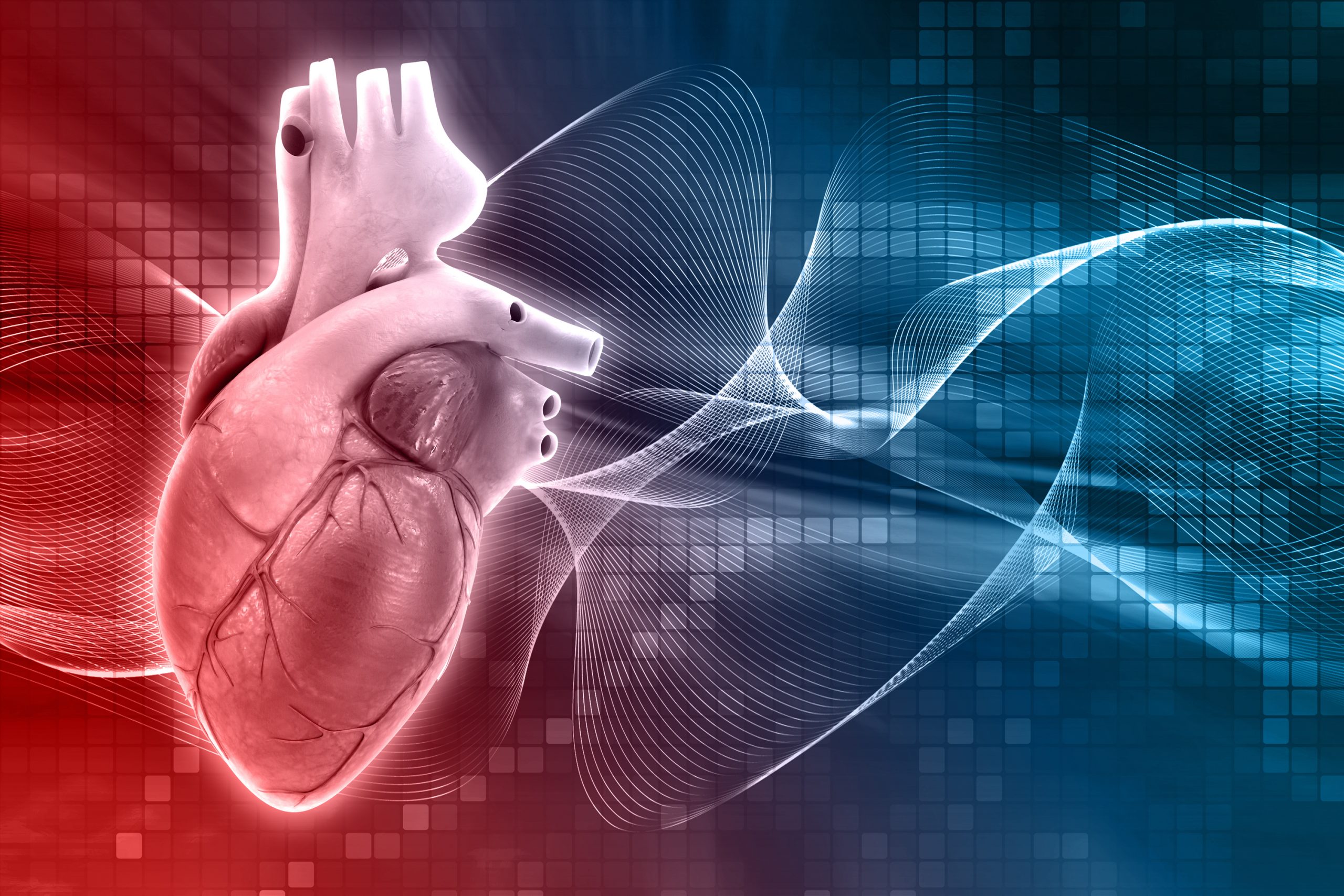

Every year, almost one million people acquire a pacemaker. Until date, leadless versions were only available for 20% of these patients. However, owing to an international team led by Amsterdam UMC, an enhanced version may soon be available to all patients. The results of this clinical experiment were published in the New England Journal of Medicine. Amsterdam UMC lay the groundwork for the wireless pacemaker ten years ago. At the time, it was a significant advancement over the typical pacemaker, which sat above the skin and used a cable to reach the heart muscle. Until today, however, wireless pacemakers could only be implanted in one compartment of the heart, the ventricle. As a result, it was only appropriate for a tiny fraction of patients with a sluggish heart rhythm. Now, the aforementioned clinical trial demonstrates that a device can also be placed in the atrium of the heart.
Electric Pulses
Lead researcher Reinoud Knops, professor of electrophysiology at Amsterdam UMC says, “Most patients need a pacemaker that works in both the atrium and the ventricle for optimal contraction of the heart. Before now, that wasn’t possible as it is very complicated to place two mini pacemakers that can communicate with each other wirelessly. After thorough research and testing, we managed to make it possible. This means that those who need a pacemaker will soon be able to count on a new treatment.”
The new system is made up of two pacemakers, one in the atrium and one in the ventricle, that interact with each other by electrical pulses. For the first time, these pacemakers were implanted in 300 patients, who were subsequently monitored for at least three months. The findings of this investigation demonstrated that the treatment is safe and that the system functions properly.
The Dimensions of a Vitamin
Pacemakers have long been a standard treatment for people with a sluggish heart rhythm. Traditional pacemakers are made out of a subcutaneous box beneath the collarbone with a wire connecting to the heart via a vein. These cables, however, are delicate and can break, become separated from the heart, or become infected.
Patients may have to return to the hospital for another operation as a result of this. As a result, 10 years ago, Amsterdam UMC created a small pacemaker the size of a vitamin that did not require a box or wiring. This is inserted through the vein and completely positioned in the heart.
more recommended stories
 36-Week Pre-eclampsia Screening May Reduce Term Risk
36-Week Pre-eclampsia Screening May Reduce Term RiskA New Preventive Strategy for Term.
 Cardiovascular Risk and Sudden Cardiac Death in Diabetes
Cardiovascular Risk and Sudden Cardiac Death in DiabetesRising Sudden Cardiac Death (SCD) Risk.
 Poor Kidney Function and Alzheimer’s Biomarkers Explained
Poor Kidney Function and Alzheimer’s Biomarkers ExplainedPoor kidney function may influence levels.
 Walking Speed Before Hip Replacement Predicts Recovery
Walking Speed Before Hip Replacement Predicts RecoveryNew Evidence Points to a Simple,.
 Neuroblastoma Drug Combo Extends Survival in Models
Neuroblastoma Drug Combo Extends Survival in ModelsA Promising Shift in High-Risk Neuroblastoma.
 Safer Allogeneic Stem Cell Transplants with Treg Therapy
Safer Allogeneic Stem Cell Transplants with Treg TherapyA new preclinical study from the.
 How Soybean Oil Impacts Weight Gain and Metabolism
How Soybean Oil Impacts Weight Gain and MetabolismWhy Soybean Oil May Affect Metabolism.
 Coffee and Cognitive Function: Evidence Review
Coffee and Cognitive Function: Evidence ReviewA new narrative review in Cureus.
 AI in Emergency Medicine and Clinician Decision Accuracy
AI in Emergency Medicine and Clinician Decision AccuracyEmergency teams rely on rapid, accurate.
 Colorectal Cancer Screening Rates Low in Adults 45–49
Colorectal Cancer Screening Rates Low in Adults 45–49Recent UCLA research reveals that colorectal.

Leave a Comment